February 27, 2024 NOTE: We have relocated to northwest Montana and for now the only outdoor program we offer is a combined indoor/outdoor program, Beyond Trail Cameras. We have left examples of Massachusetts outdoor programs described below, because we may do something similar here in Montana eventually.
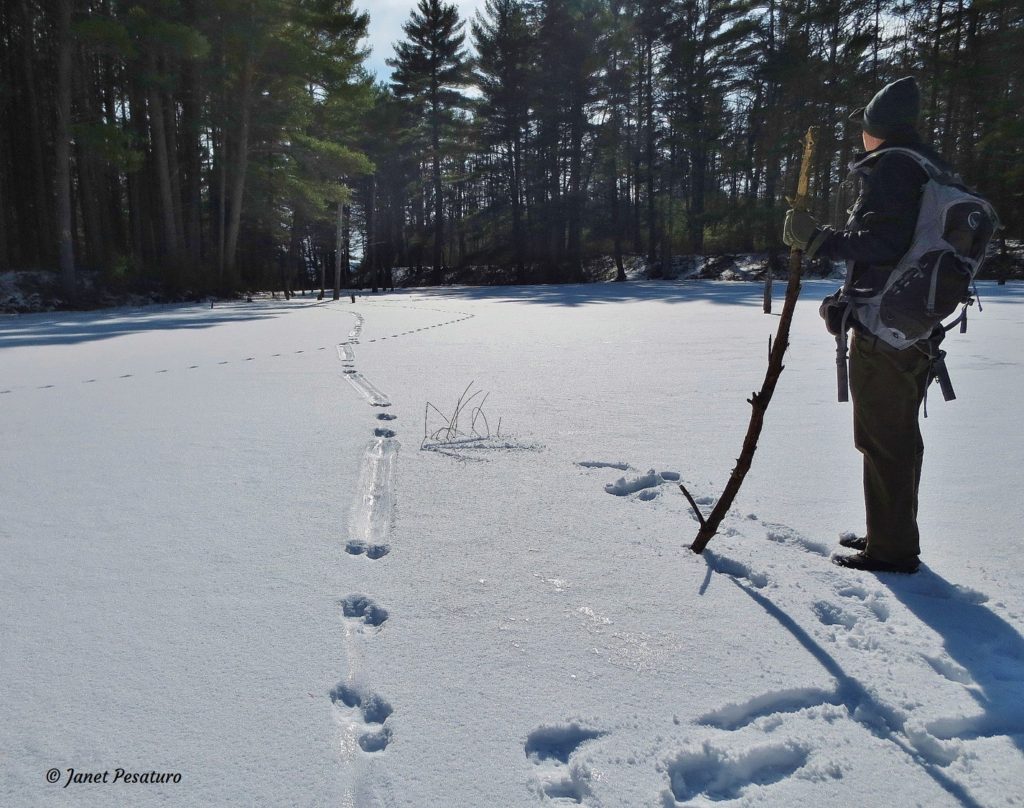
Beyond Trail Cameras
Description: In this combined indoor presentation and outdoor demo, we take you beyond the trail and beyond the standard game camera. Bob Zak will cover the technology of both trail cameras and DSLR camera traps, and Janet Pesaturo will discuss smart camera placement based on reading landscape features and interpreting animal tracks and sign. After the presentations we will go outdoors and set up both a game camera and a DSLR camera trap.
Who it’s for: This is for people who already know how to set up a trail camera and want to learn to use it to capture certain species or to learn about animal behavior, who want to better understand how trail cameras work (and therefore how to deal with common problems), and who may want to get started with DSLR camera trapping.
Programs we used to offer in Massachusetts. We may offer similar programs in Montana in the future.
Winterberry Wildlife Outdoor Programs focus on wildlife tracking, field ecology, and camera trapping.
SELF-SPONSORED WALKS
Suitability: Adults of all experience levels, in good physical health.
Cost: $50 per person.
Leaders: Janet Pesaturo and Susan Fly, unless otherwise indicated.
Level of difficulty: Moderately strenuous, sometimes bushwhacking through dense or tangled forest.
Time and duration: 9:30 AM – 3 PM, unless otherwise specified. At 9:30 AM sharp we carpool from our meeting area to a trail head. At the end of the walk we return to the trail head at approximately 3:00 PM, then carpool back to the meeting spot. Please note that because much of each walk is off trail as we search for animal tracks and sign, we follow an approximate route, not an exact one. Therefore, we do sometimes finish late. Participants are usually back at their own cars by 3:30 PM, but occasionally we do run a bit later than that. Be sure to give yourself plenty of leeway before your next engagement.
2019 – 2020 SCHEDULE
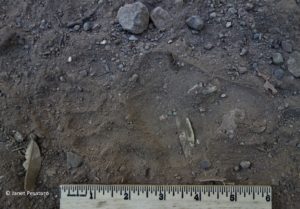
Sunday, November 17, 2019
BEAR WITH US – black bear tracking and ecology
Join us for a day of tracking in an area where we are likely to see plenty of bear sign. Bears are feeding heavily at this time of year, in preparation for their winter sleep. Mark trails, mark trees, climbing marks, scats, and tracks are all possible findings during this outing. We’ll discuss black bear ecology, including feeding, breeding, and communicating. Self-sponsored. This program is full.
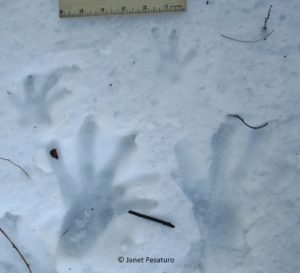
Sunday, December 15, 2019
RODENTIA ADVENTIA – tracking rodents
This large and diverse family of mammals is well represented in Massachusetts, and we are sure to find evidence of several species, both large and small. Beavers, porcupines, voles, tree squirrels, flying squirrels, and mice all abound in the area, and we’ll explore both the common themes and their unique adaptations. Sign of some of these animals will be abundant with or without snow. Self-sponsored.
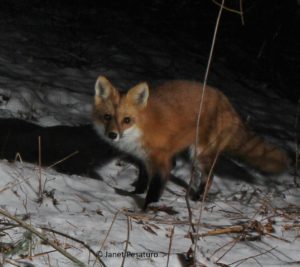
Saturday, January 11, 2020
WINTER FIELD ECOLOGY
Short days, cold weather, and perhaps a blanket of snow challenge New England wildlife at this time. How do plants and animals cope? Food caches, fat stores, carbohydrate reserves, dormancy, migration, and changes in fur, feathers, and foliage are some of the remarkable strategies. Join us as we explore the conditions faced and the varied adaptations for coping, that animals and plants of the north woods have evolved. Our field discoveries, such as animal tracks and sign, as well as plants we encounter, will guide our discussion. Self-sponsored. This program has been cancelled.
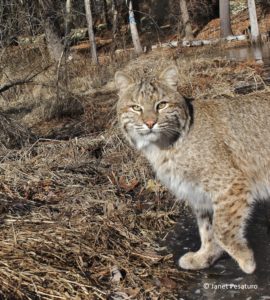
Saturday February 1, 2020
WINTER FIELD ECOLOGY
Short days, cold weather, and perhaps a blanket of snow challenge New England wildlife at this time. How do plants and animals cope? Food caches, fat stores, carbohydrate reserves, dormancy, migration, and changes in fur, feathers, and foliage are some of the remarkable strategies. Join us as we explore the conditions faced and the varied adaptations for coping, that animals and plants of the north woods have evolved. Our field discoveries, such as animal tracks and sign, as well as plants we encounter, will guide our discussion. Self-sponsored.
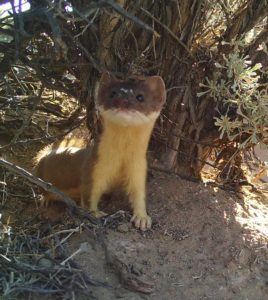
Sunday, March 29, 2020
CAMERA TRAPPING FOR NATURALISTS
Janet Pesaturo and guest co-leader Bob Zak will talk camera trapping while exploring a variety of habitats. We’ll use knowledge of tracks, sign and behavior to find good spots for general activity and for specific species. With a standard trail camera, we’ll demonstrate loading up, choosing settings and mounting. We’ll service a trail cam that has been in the field. Bob will introduce the basics of creating a DSLR trap, showing one that he has built, and describe common pitfalls in DSLR camera trapping. This program is geared to the nature enthusiast who wants to use camera traps to learn about wildlife. Self-sponsored.
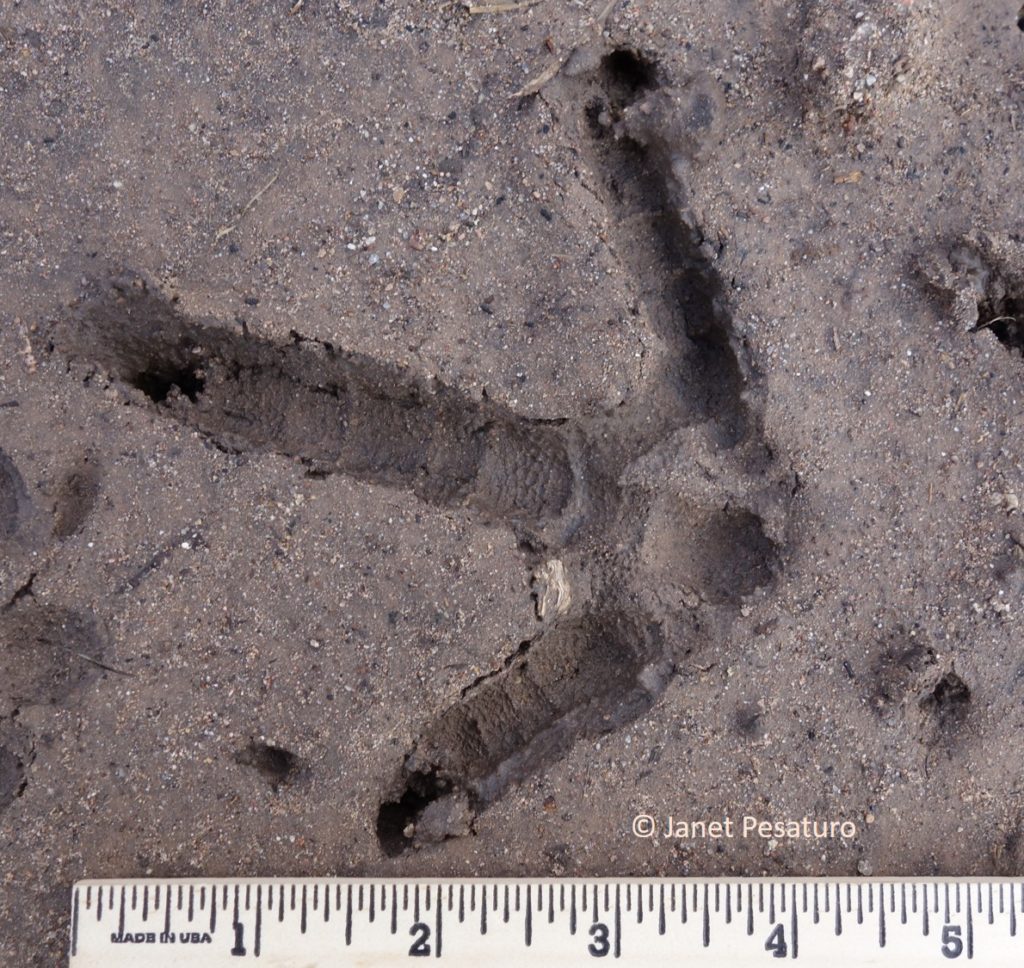
Saturday, April 18, 2020
CLUCK, BUCK, MOOSE – tracking “game” animals
Deer and moose are enjoying new spring greenery, after a poor woody winter diet. The two gallinaceous bird species, on the other hand, are immersed in the breeding season. Turkey toms are strutting and gobbling and male ruffed grouse are drumming. All of these animals are common in central MA, and we’re likely to find examples of their sign. These species are some of the most important sources of meat for a variety of predators. Self-sponsored.
